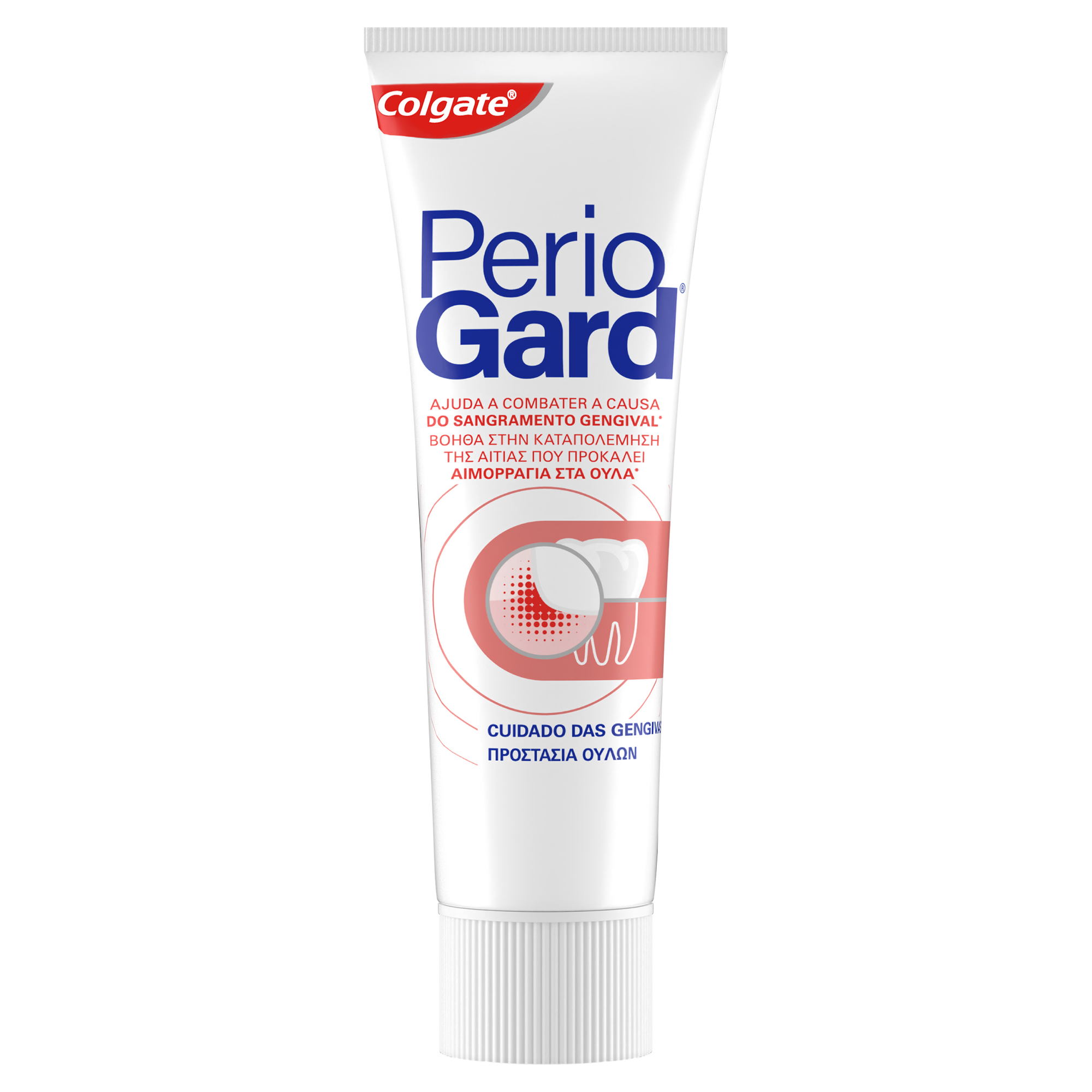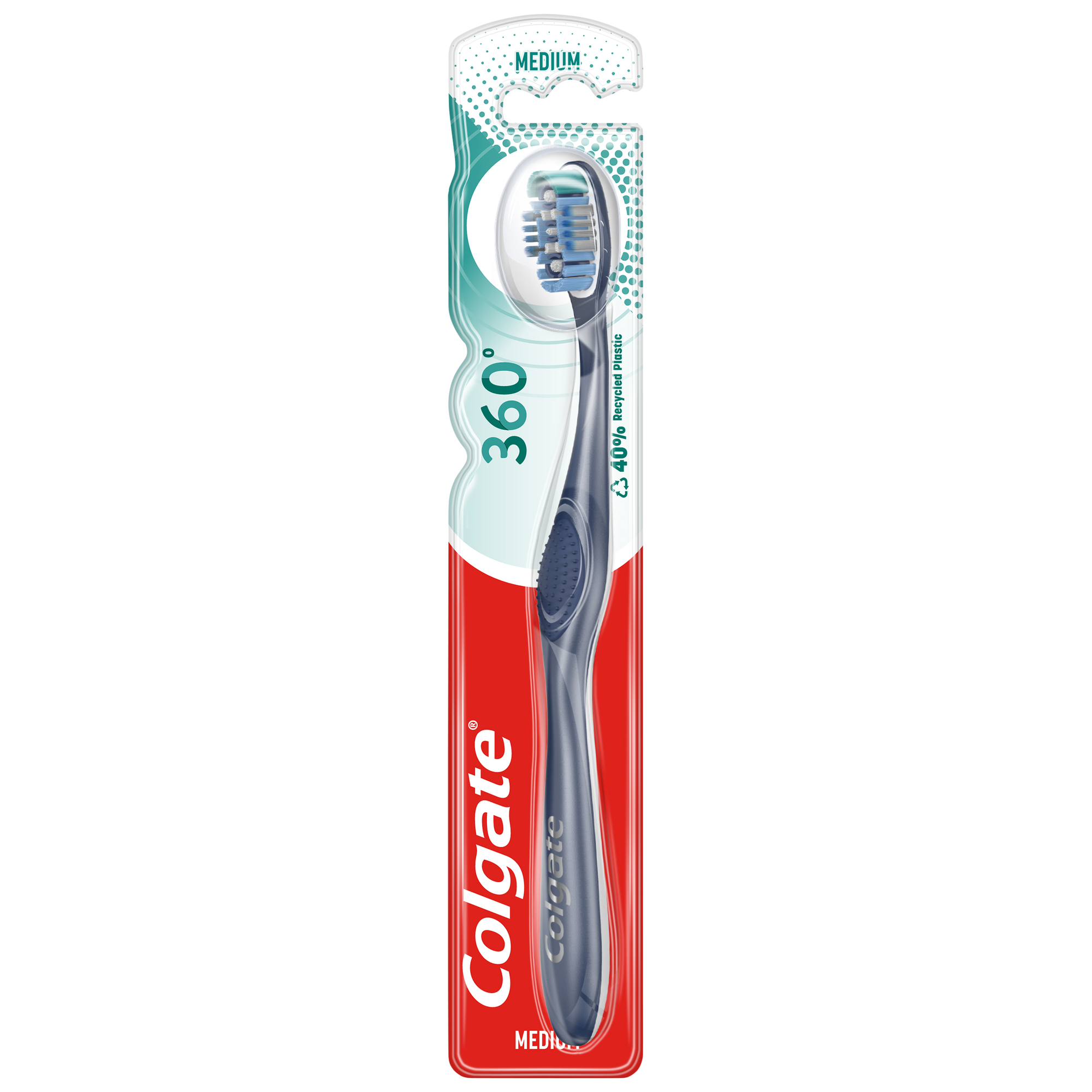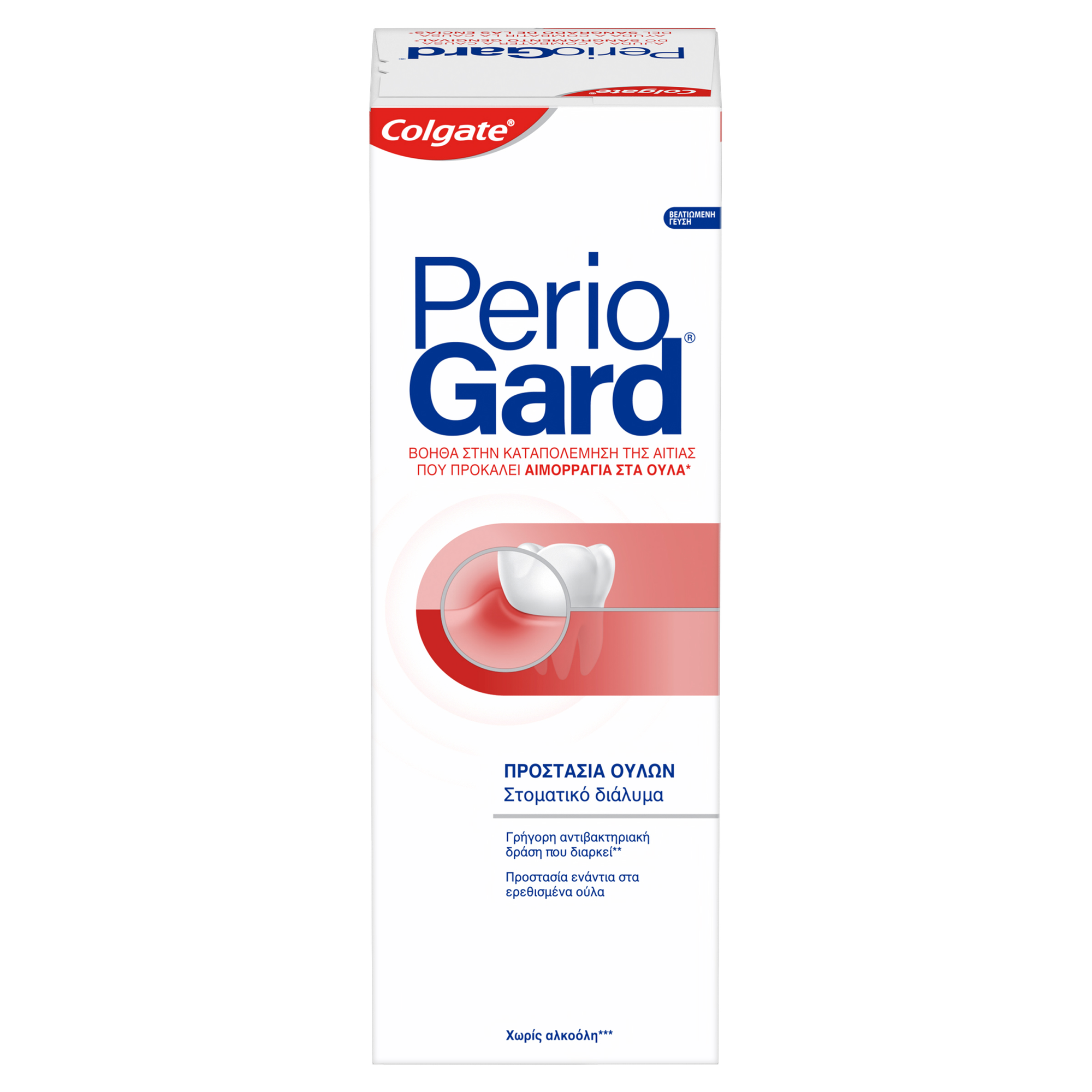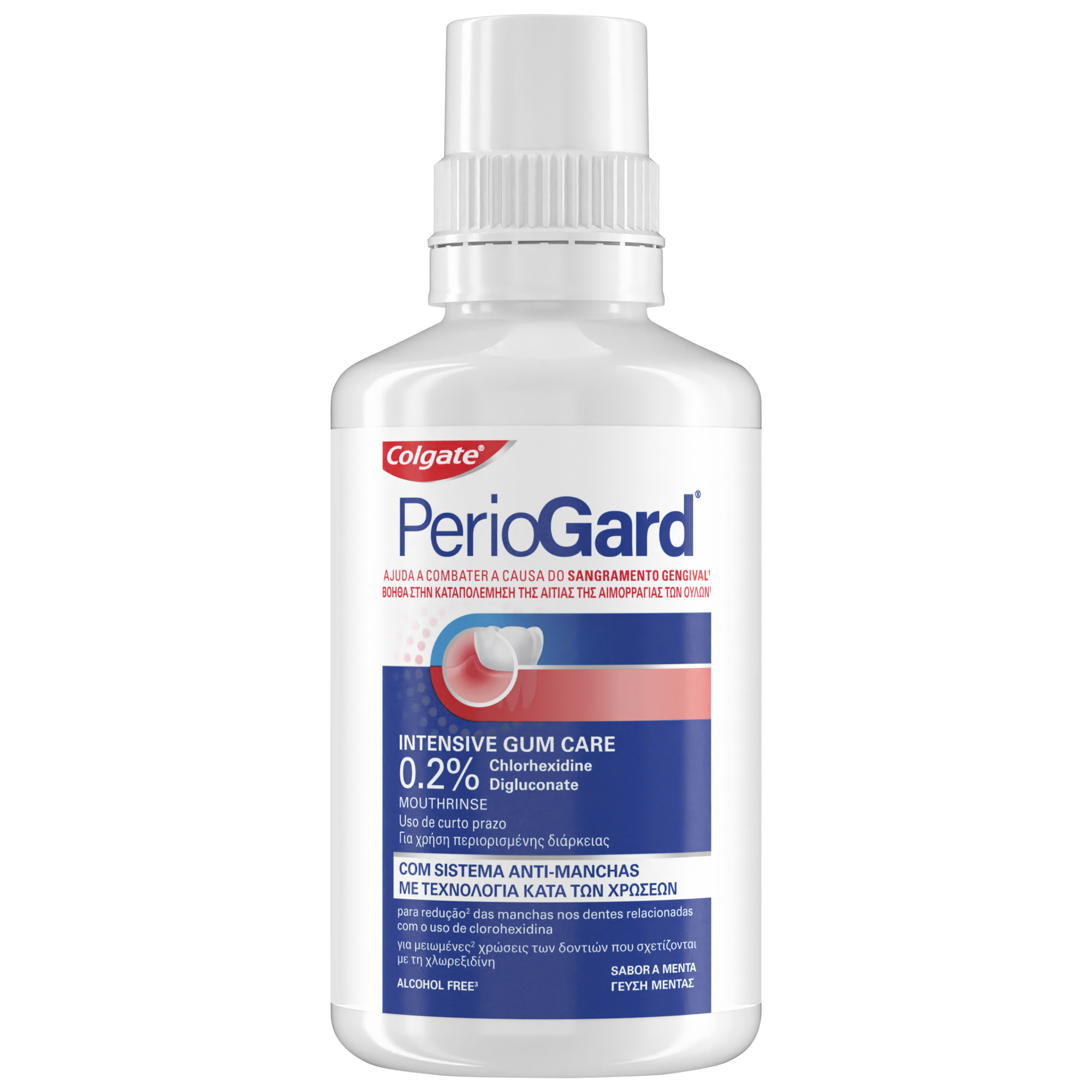
With children at home more than ever, the opportunity to snack is more frequent and daily routines of brushing in the morning and evening may have fallen short. This can increase risk for caries. Parents work hard to create environments of education and home. It’s important as health care providers that we inform parents of the benefits of fluoride applications to help ensure their children receive these, reducing caries risk.
Water Fluoridation
Scientists began examining the relationship between tooth decay in children and naturally occurring fluoride in drinking water in the 1930s. Since then, multiple areas across the country have community fluoridated water.
Is it my fault?
I once had a parent tell me they feel they are getting a report card when bringing their child to the dentist. The mom told me she works hard to help her child brush and floss. She started asking questions about ways to help her child have a great experience now, and to help them develop great habits as they get older. I commended the mom on her commitment to helping her child. This parent was asking for help, but there are many parents who aren’t asking for the same type of help.
Start the conversation
Start with the facts. The CDC named community water fluoridation as 1 of 10 great public health achievements of the 20th century. Fluoridated water serves as a simple way to help children receive some of the fluoride they need. The ADA has provided great information called 'Fluoridation Facts' which can either be ordered or downloaded to give to those patients who are looking for written information.
As you discuss brushing with your patients and parents, reiterate the need and importance of using fluoride toothpaste twice-daily while brushing, such as over-the-counter Colgate Kids Cavity Protection toothpaste. For parents with infants, I always discuss that they should start brushing their child's teeth as soon as the first tooth appears to provide protection against tooth decay. Parents also need to know that only a smear of toothpaste should be used for children under 3 years-of-age and that for children age 3 to 6 years a pea-sized amount of toothpaste should be used, in the morning and evening. After that age, the same amount of toothpaste should be used as for an adult.
Some children may benefit from additional fluoride on a daily basis - for children 6 years of age and older who are at higher risk for caries, PreviDent 5000 Booster Plus is a prescription-level fluoride toothpaste that contains 5,000 ppm fluoride and gives a safe dose of fluoride. We need to tell parents that children using this prescription fluoride should be supervised while brushing until they reach 12 years-of-age.
Professional application of fluoride varnish gives a great boost. Remind parents that this helps to protect their children's teeth when applied every 6 months (or 3 months for higher-risk patients), followed by routine care at home.
Take-aways
- Fluoridated water has made a huge impact on the decline of childhood caries.
- Proper toothpaste recommendations can make a huge difference in ensuring the child is getting the best daily dose of fluoride with twice-daily brushing.
- Fluoride varnish can be applied 2-4 times a year, benefitting children at risk for caries.
Conversations with parents about fluoride helps children have a great start to oral health!
Εγγραφείτε
Αποκτήστε πηγές, προϊόντα και χρήσιμες πληροφορίες για να χαρίσετε στους ασθενείς σας ένα πιο υγιές μέλλον.
Εγγραφείτε
Αποκτήστε πηγές, προϊόντα και χρήσιμες πληροφορίες για να χαρίσετε στους ασθενείς σας ένα πιο υγιές μέλλον.










